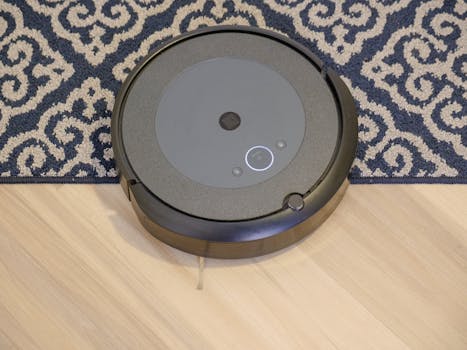
Smart Homes and Smart Living: The Technological Transformation of European Homes by 2025
Smart Homes and Smart Living is revolutionizing the way we live and interact with our living spaces. The concept of smart homes has been around for several years, but it’s only recently that we’ve seen a significant surge in adoption and innovation. By 2025, European homes are expected to undergo a significant transformation, with smart technology becoming an integral part of our daily lives.
Introduction to Smart Homes
A smart home is a residence that has been equipped with advanced technology to make it more convenient, efficient, and innovative. This includes features such as voice-controlled assistants, automated lighting and temperature control, security systems, and energy management. The goal of smart homes is to create a seamless and integrated living experience, where all aspects of the home are connected and can be controlled remotely.
The Benefits of Smart Homes
The benefits of smart homes are numerous. For one, they offer unparalleled convenience, allowing homeowners to control their living space with ease. With smart homes, you can adjust the lighting, temperature, and security systems with just the sound of your voice. Additionally, smart homes are designed to be energy-efficient, which can lead to significant cost savings over time. They also offer enhanced security features, such as motion detectors and video cameras, which can provide peace of mind for homeowners.
The Technological Transformation of European Homes
By 2025, European homes are expected to undergo a significant transformation, with smart technology becoming an integral part of our daily lives. This transformation will be driven by advancements in areas such as artificial intelligence, the Internet of Things (IoT), and 5G connectivity. As a result, we can expect to see a wide range of innovative features and applications, including voice-controlled assistants, augmented reality, and smart home automation.
Challenges and Opportunities
While the technological transformation of European homes presents numerous opportunities, it also poses several challenges. One of the main challenges is the issue of data privacy and security. As smart homes become more connected, there is a growing risk of data breaches and cyber-attacks. Additionally, there are concerns about the impact of smart homes on social isolation and mental health. However, these challenges also present opportunities for innovation and growth, as companies and individuals work to develop solutions to these problems.
Conclusion
In conclusion, the future of European homes is looking smart, with technological advancements transforming the way we live and interact with our living spaces. By 2025, smart homes will become the norm, offering unparalleled convenience, efficiency, and innovation. As we look to the future, it’s essential to address the challenges and opportunities presented by this transformation, to ensure that smart homes are designed with the needs of homeowners in mind.






